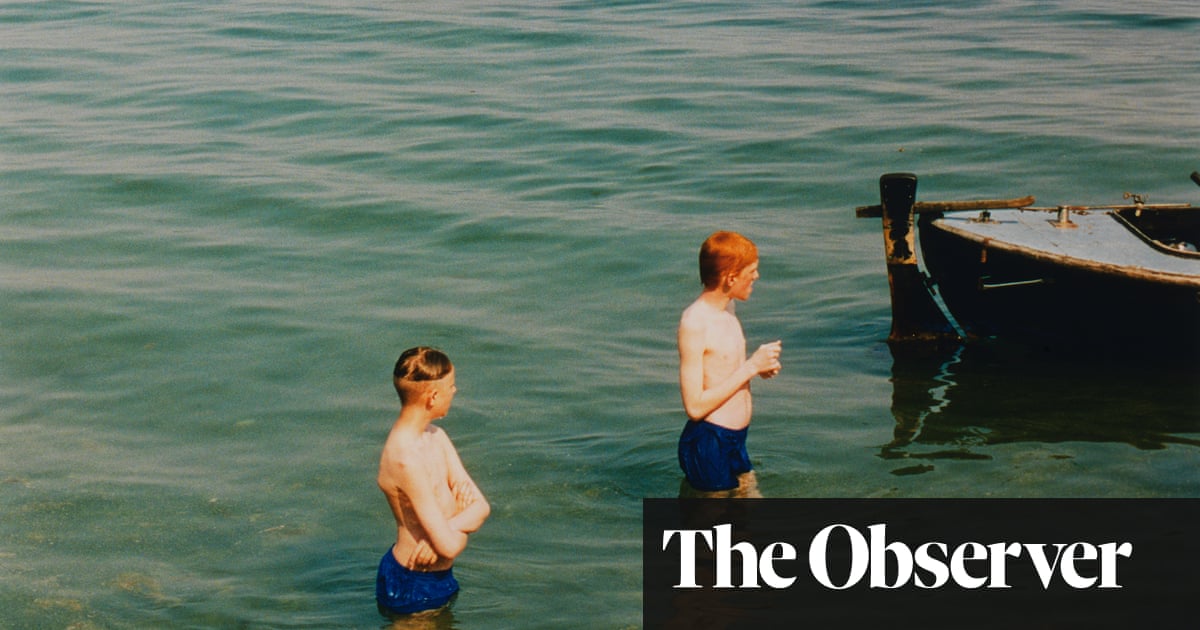“Who has known the ocean?” asked the pioneering American marine biologist, conservationist and writer Rachel Carson in her groundbreakingessay Undersea,published in theAtlanticin 1937. With our “earth-bound senses”, neither you nor I can grasp how profoundly the ocean is a place of paradoxes. It is shallow and deep, light and dark, placid and chaotic, benign and dangerous – filled with surprise and, possibly overall, beauty. For this reason, Carson observed, “no one could write truthfully about the sea and leave out the poetry”.
The same is perhaps true of visually representing the ocean, from prints to films to multimedia installations. A new book,Ocean, accompanies a sprawling group show at theLouisiana Museum of Modern Artin Humlebæk, Denmark, a country in which one is never more than 32 miles (about 51 kilometres) from the sea – the fluid, changeable body laps at every just-distant horizon. Anna Atkins, Jean Painlevé, Hiroshi Sugimoto and John Akomfrah are but a few of the artists whose marine visions are presented.
Wolfgang Tillmans’s sun-bleached cerulean photograph shares a title –Louisiana– with the museum where it’s currently on display. But it was taken nearly three decades ago when the artist visited the gallery on the Øresund coast, north of Copenhagen, where the waters are often choppy and wind-whipped but on this day, caught by the German photographer, all is tranquil.
As in much of Tillmans’s work, the image is at once tender, enigmatic, suggestive. The sun is behind us but casts little shadow – it must still be high in the sky – but who knows what time of day, with those Scandinavian summers in which it can be light out for more than 17 hours. Our vantage point is slightly higher than the two boys with their pale bodies and T-shirt tan lines, hair slicked back from swimming. We are on the shoreline looking down at the boys (the water is shallow; they are not even waist-deep) as they gaze away from us towards something beyond the frame. A red-striped, white boat chimes with their illuminated skin and the tawny hair of one boy, but all else is blue. The ocean is bright and glassy as a mirror: it reflects us back to ourselves, but – under the surface – is fathomless fathoms deep.
Ocean,edited by Tine Colstrup, is published by Louisiana Museum of Modern Art this summer and available to preorder now
